Garlic is magical. It fends off vampires (or so I hear), helps lower blood pressure, reduces the production of cholesterol in the body... oh, and it's also freaking delicious, of course. Garlic is a culinary staple in countries all over the world. That lovable stink and sharp bite of flavor are essential to many dishes we know and love today, from spaghetti to sesame chicken.
- Don't Miss: Which Type of Garlic Goes Best with What?

Garlic as far as the eye can see...
Not everyone loves this "stinky rose" as much as I do, though. Some folks hate it and avoid it like the plague. Yet there are others that fall somewhere in-between... they wouldn't be the first in line to enjoy a big scoop of garlic ice cream, but they don't deny the necessity of it in certain recipes.
If you consider yourself a card-carrying member of the "Garlic is Good, But Not Too Much Please" club (and don't have a large amount of cash to blow on buying the mellower-flavored black garlic), then an easy way to mellow out the flavor of garlic is probably in your best interests.
Taking a Bite Outta Crime—Uh, I Mean Garlic
The primary culprit for that sharp bite and smell that most associate with garlic is called allicin, a molecule that is only produced when garlic's cell walls are ruptured. In order to neutralize garlic, you need to deactivate alliinase: the enzyme that produces allicin.

Allicin, the sharp and stinky molecule we all love (or love to hate).
(Before I go any further, I should mention that deactivating alliinase and preventing the production of allicin reduces a large amount of the health benefits of garlic, such as the ones I mentioned earlier. But if the sharpness of garlic prevents you from eating it most of the time anyway, this is probably a minor concern.)
According to Cook's Illustrated, whole and unbroken garlic cloves must be heated to 140°F or above before the enzyme is denatured and therefore inactive. If you've ever enjoyed a whole roasted garlic head with toast, then you're already familiar with how much mellower the flavor is when allicin isn't produced.

Roasted garlic head.
Not everyone has the kind of time to wait roasting, however, no matter how tasty the end results are. If you're looking to mellow out garlic as an ingredient prior to cooking, then simply microwave the peeled cloves for 2-3 minutes or until the cloves are warmed. This short amount of time will still reach the temperature necessary for alliinase to be deactivated, making it much more convenient for prep work in the kitchen.

Peeled and ready for the microwave!
More Garlic Hacks for the Smart Cook
Mellowing garlic out isn't the only great tip we have about everybody's favorite herb. Check out our various guides on how to peel garlic using the twist and snap method, the entire bulb method, and another trick that also involves the microwave!
We also have a nifty guide for making garlic-infused olive oil and vinegar at home—it needs to be made a certain way to avoid the possibility of botulism, which the guide covers in detail. And if the idea of mincing garlic annoys you as much as I do because of how sticky garlic becomes while chopping, then you'll be glad to hear that we have a hack for that as well.
Looking for any more garlic tips, tricks, and advice? Let us know in the comments what you'd like us to tackle next!










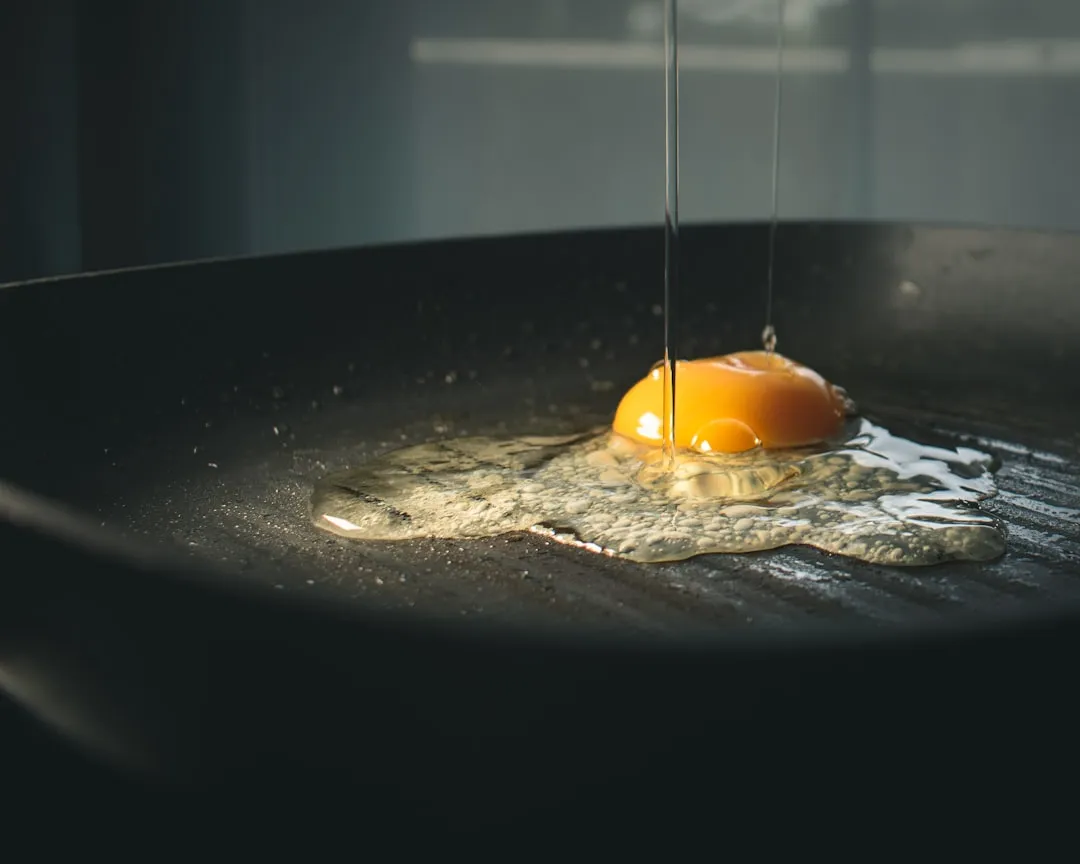




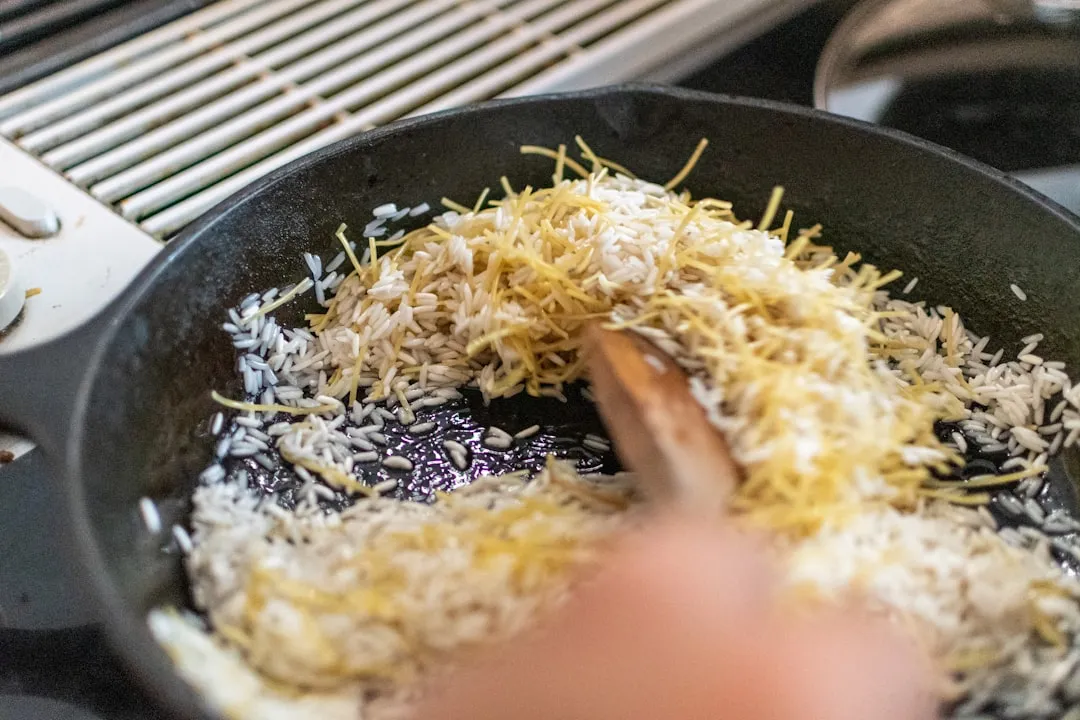
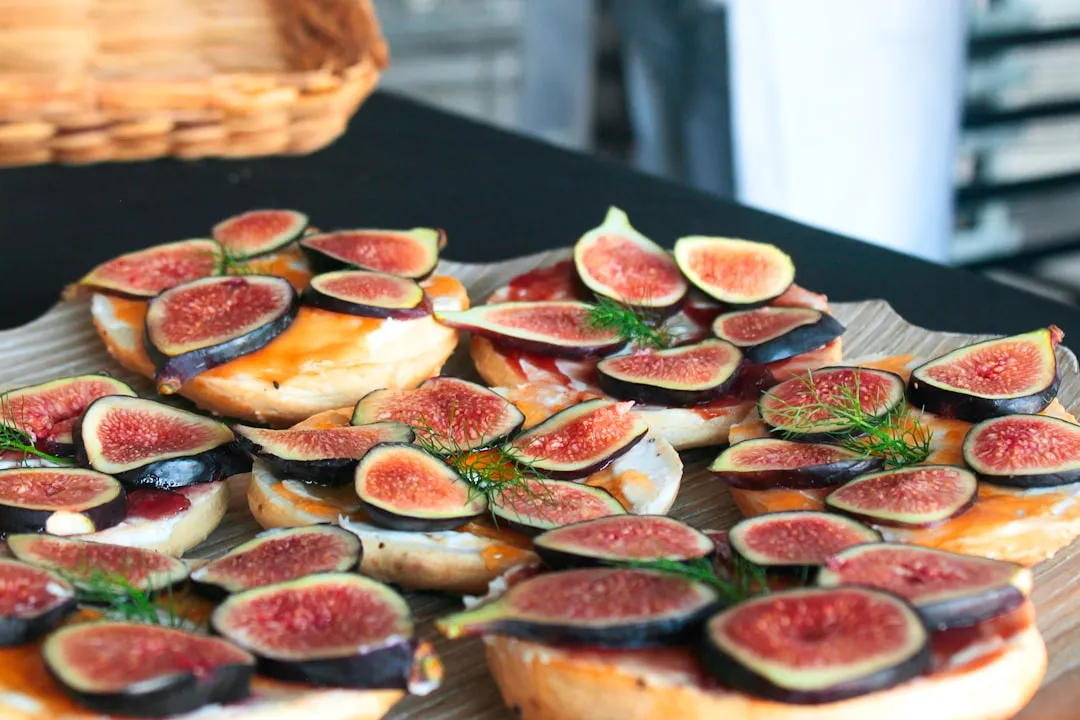

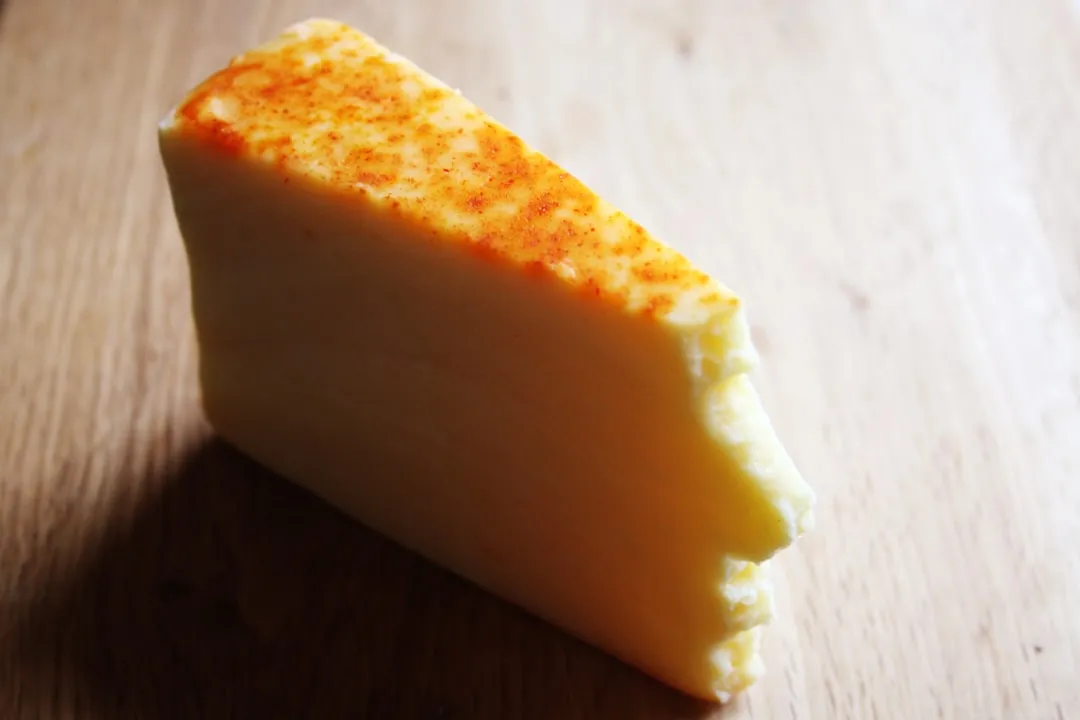
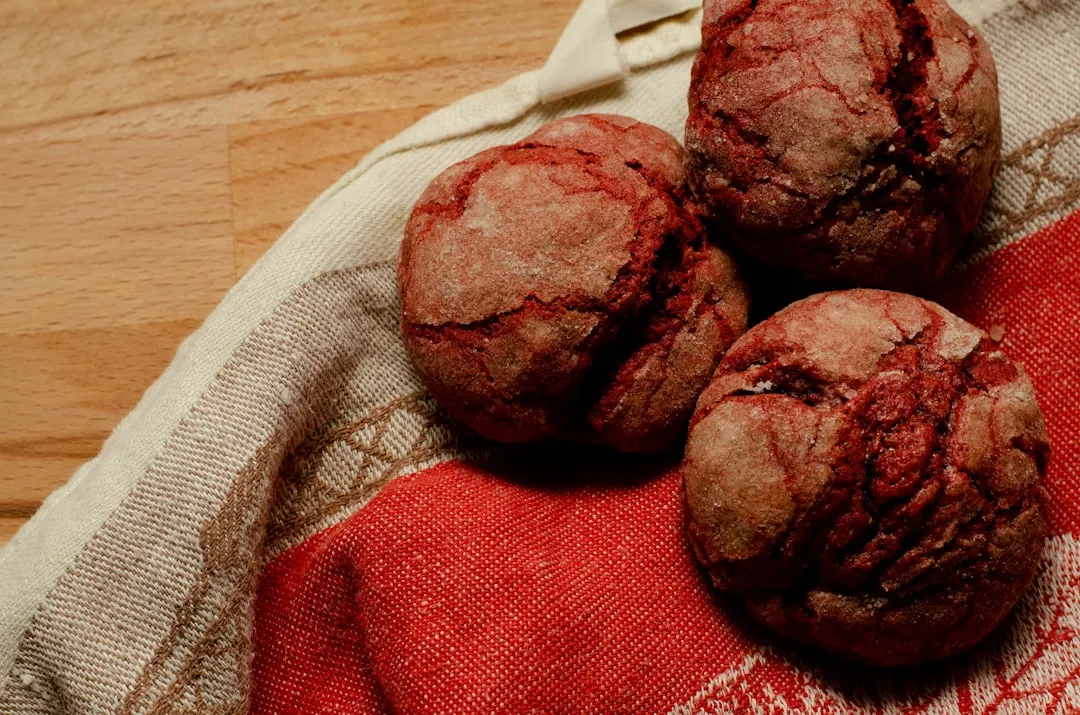


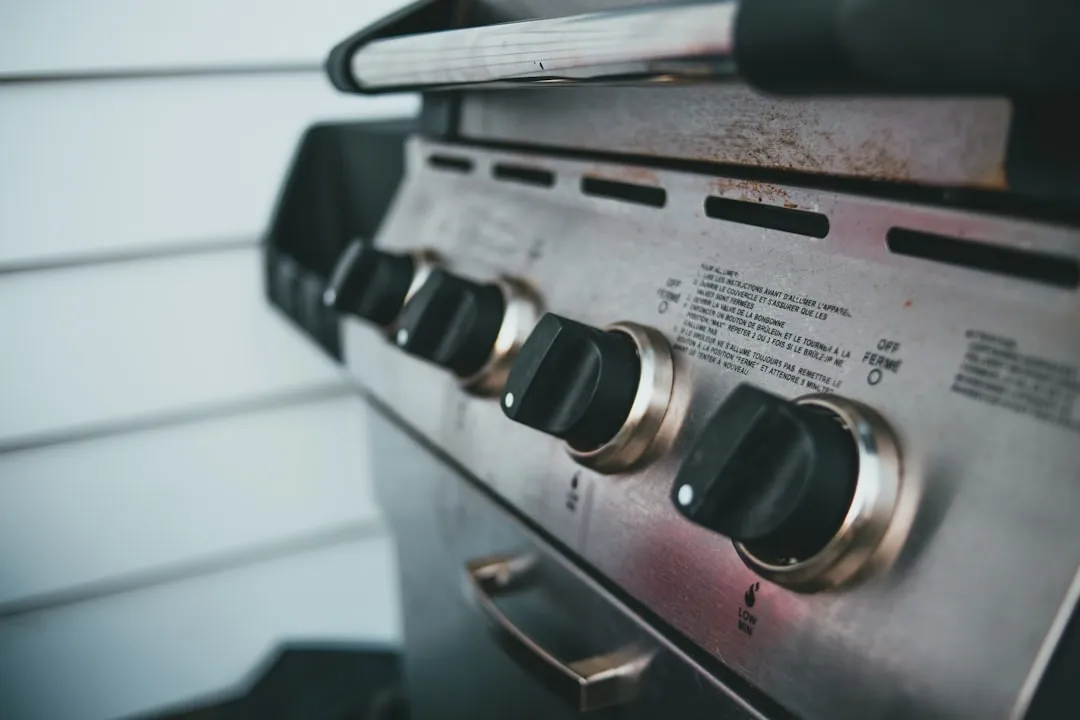
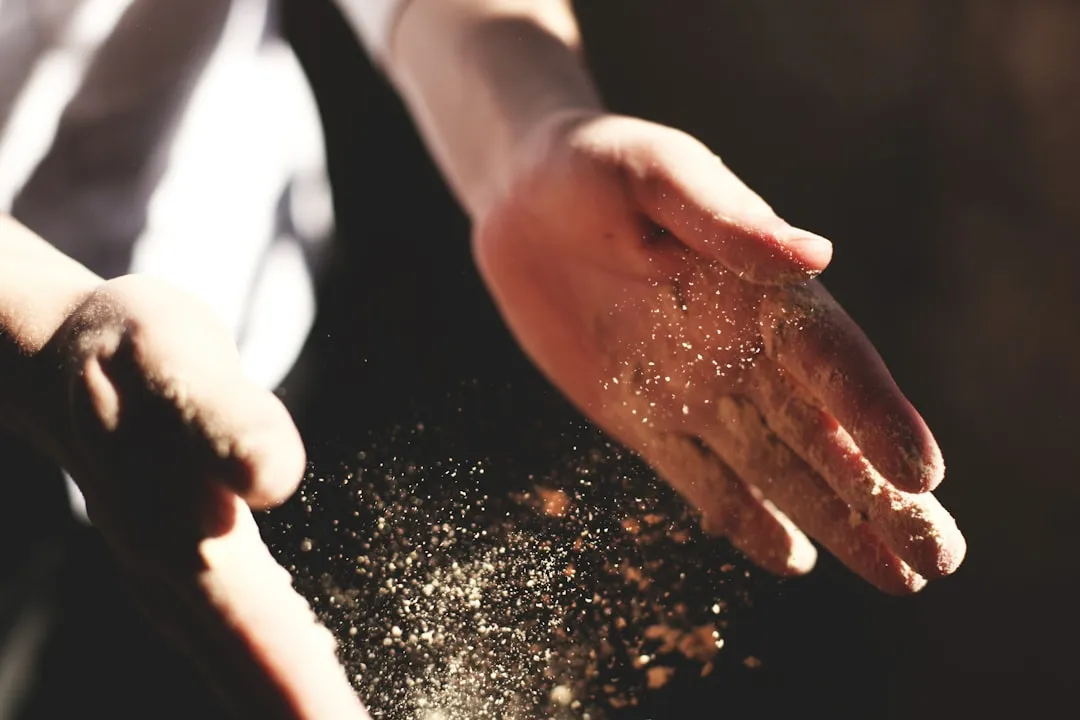

Comments
Be the first, drop a comment!